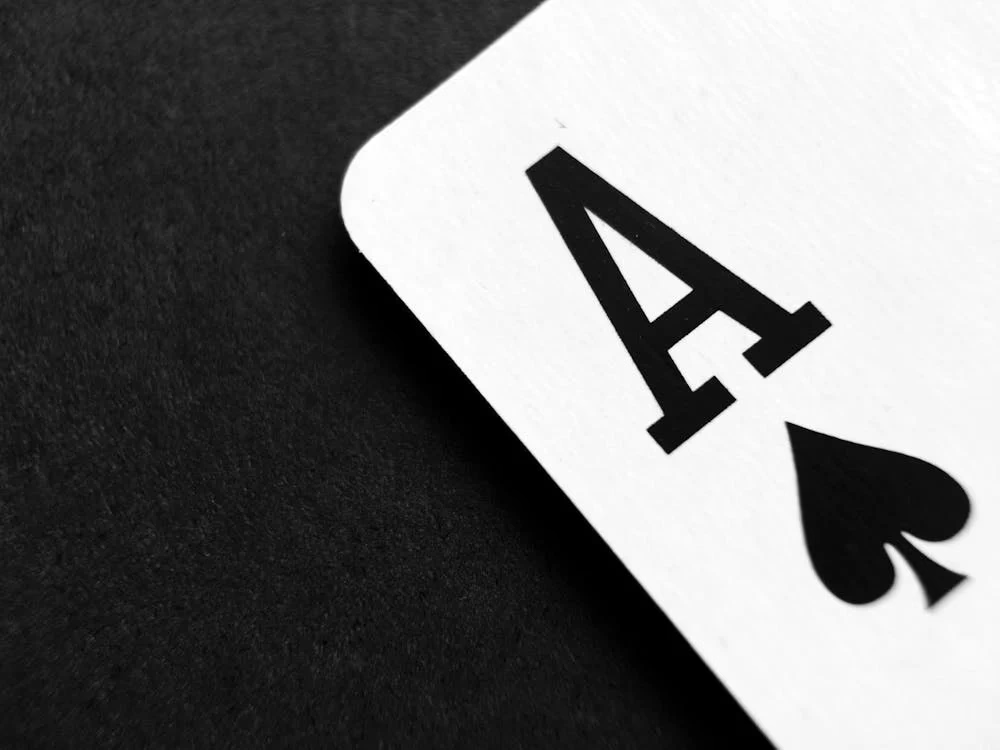
Under the Trade Marks Act of 1999, any entity whether an individual, firm, trust, or society, can apply for a trademark registration for a unique name or symbol. This deters any unauthorized use and infringement.
However, applying for a trademark registration should be done meticulously and preferably with the help of legal advisory services.
10 Mistakes Associated with Trademark Registration
The Registrar of Trademarks raising a query against an application is not unheard of. Let’s take a look at some of the most common mistakes that can delay the trademark registration process:
- Not conducting thorough search of the names and symbols already in use.
The first step in filing for a trademark registration is proper research. Using an already existing name or symbol will lead to your trademark infringing on their rights and, thus, a subsequent rejection. In turn, this can lead to lawsuits and financial losses.
- Selecting a generic name, something descriptive, or inappropriate.
When names for a product or service are not distinct, a market search will reveal that thousands of people are using them even in a small state. Further, the Trademark Registrar prohibits applicants from using inappropriate language. Thus, the chances of getting approval against your trademark registration are higher when you adhere to the above.
- Using words of Common English.
As per the verdict of Institute of Directors v. Worlddevcorp Technology and Business Solutions Pvt. Ltd, the Delhi High Court stated that words of ordinary English cannot be monopolised.
- Incorrectly classifying goods as services and vice versa.
In India, there are 45 classes of trademarks, each representing a particular good or service. Using the wrong category will result in a rejection of the application.
- Omissions or wrong data in the trademark registration form.
This will cause either a rejection or delays since the Registrar of Trademarks will seek clarification from the applicant. It can also lead to them canceling the application if the response from the applicant is not adequate or satisfactory.
- Providing inadequate evidence of usage.
It is important for applicants to claim that they are already using the symbol or name in question to gain priority. To support this claim, applicants must provide proof of usage. This can be in the form of product labels, catalogs, invoices, ads, etc.
- Not seeking legal advisory services.
To navigate any complexities in the trademark registration process, it is important to seek proper help.
- Not monitoring the progress of the trademark registration process.
Often during the trademark registration process, the Registrar of Trademarks raises queries. Further, the application process may face objections or opposition. If an adequate and timely response is not provided, it may lead to rejection of the application.
- Missing renewal deadlines for an already existing trademark.
Trademark registrations in India are valid for 10 years. Once this is over, the person who holds the trademark has to file for renewal, barring which the symbol can be reapplied by someone else. Further, if the period of disuse goes beyond 5 years, then an aggrieved person can file a petition to remove the trademark from the register.
10. Not actively monitoring the market for a trademark that you hold.
Registered Trademarks are sometimes used by a third party without authorization. Further, repeat use and misuse can lead to the symbol/ name becoming generic. Thus, monitoring the use of the symbol is essential.
Oppositions vs Objections: Issues in Trademark Registration
After the name or symbol is published in the Trademarks Journal, there is a 4-month period when it is open to public scrutiny. During this time, anyone who has a claim to the trademark can come forward and make their case in front of the Registrar of Trademarks.
When the Registrar of Trademarks raises this issue, it is called a Trademark Opposition. These are usually associated with the existence of similar trademarks, or if the symbol or name is potentially misleading. This can lead to delays and rejections if the queries are not promptly and adequately answered.
In contrast, Trademark Objections are procedural hurdles. Thus, if there are issues with the application or deviation from the guidelines, the registering authority will raise an objection.
How to Address the Mistakes Made
If your initial application for trademark registration is canceled, you can either appeal the decision or reapply. Before reapplying, make sure to look into the reasons for cancellation. Address all reasons due to which the initial application was canceled. Further, you can seek legal advisory services from a Trademark Attorney.
You can also appeal the decision of the Registrar of Trademarks. Appeals need to be made before the Registrar of Trademarks for cancellation of the application. If this decision is unfavourable you have two routes. Either appeal to the Intellectual Property Appellate Board (IPAB) or the regional High Court.
Further, the decision of the Intellectual Property Appellate Board (IPAB) cannot be appealed. However, you can file a writ petition as per Article 226 of the Indian Constitution. To add, you also have a 3-month window to appeal directly to the regional High Court.
Make sure to hire a Trademark Advocate, i.e., legal advisory services if you want to appeal the decision of the Registrar of Trademarks.
Best Practices for Trademark Registration
To navigate your way through all of the above issues, you can try the following:
- Make sure your research of existing trademarks is thorough.
- Give your application more than just a glance to root out mistakes.
- Get legal advisory services to address any potential issues.
- Respond to any queries raised by the Registrar of Trademarks on time.
- Do not miss deadlines for the application, its renewal, and appeals (if necessary).
Using the above, you should be well on track for your trademark registration application.
Wrapping Up
When applying for trademark registration for your unique name or symbol, be sure to adhere to the rules and best practices. By holding the registration for said symbol, the applicant gains the rights and legal protection for exclusive use.
Be meticulous with your application, seek legal advisory services, and enjoy a smooth registration process.




